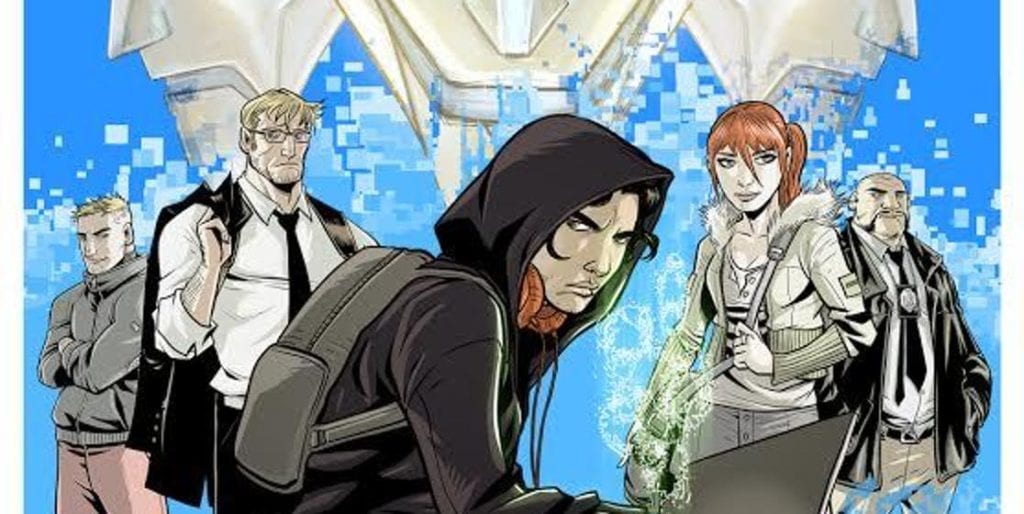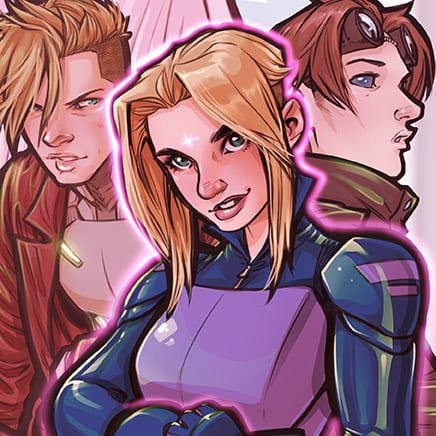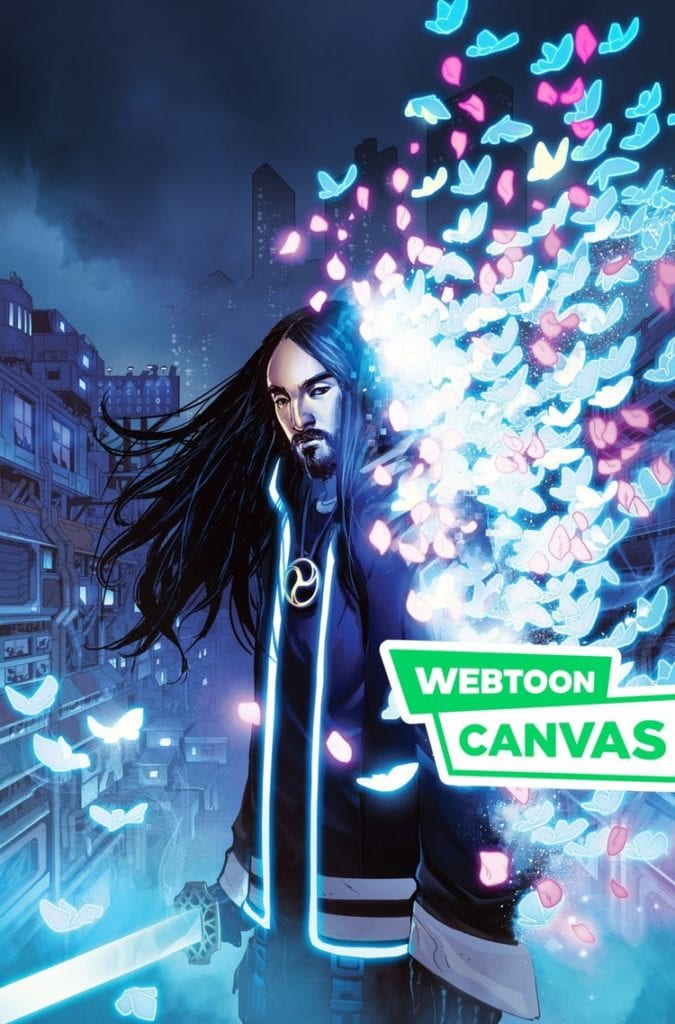In this day and age, comics are entering a new era of distribution and presentation. After some inspiration from South Korea’s webtoon industry, some indie publishers are entering this new frontier. Comfort & Adam, AWA Studios, and Impact Theory are putting their own spin on things. But what do these three publishers do that’s so different from other digital publishing? For that matter, can other companies follow suit in this age of Western Webtoons? This is the research from the gutters.
What Are Webtoons?
Webtoons, in their modern definition, are comics built with smartphone reading in mind. With its free public wi-fi, South Korea provides the perfect opportunity for people to read while on the go. After some trial and error between web portal companies Daum and Naver, the use of the infinite canvas function allows for new breakthroughs. Since touchscreens allow for various effects, the viewing experience requires fewer panels for a more fluid experience—all without charging potential customers. After a sound success at home, these companies expand abroad to offer their services as platforms.
Webtoons In The Western World
 After this advent, many webcomic creators have put their work on services like Line Webtoon and Tapas. Every day hundreds of creators put their work on display for everyone’s viewing purposes. Some of them are lucky enough to be featured content with full payments; some were through contests. Even Stan Lee made use of this with Backchannel before his untimely death. On the other side is Discovery sections, where creators display their work without any backing. Tapas has the nickname of “Youtube for Comics” because of this. Some creators like “Merryweather” have thousands of subscribers with a very decent payment in ad revenue. Not bad for people essentially on their own.
After this advent, many webcomic creators have put their work on services like Line Webtoon and Tapas. Every day hundreds of creators put their work on display for everyone’s viewing purposes. Some of them are lucky enough to be featured content with full payments; some were through contests. Even Stan Lee made use of this with Backchannel before his untimely death. On the other side is Discovery sections, where creators display their work without any backing. Tapas has the nickname of “Youtube for Comics” because of this. Some creators like “Merryweather” have thousands of subscribers with a very decent payment in ad revenue. Not bad for people essentially on their own.
Western Webtoons Proto-Stage: Comfort & Adam

Comfort & Adam are husband, and wife Harvey nominated creative publishers. Their series Rainbow In The Dark and especially The Uniques are passion projects that go through constant revision. That being the case, how does this publisher go from pages to infinite scrolls without destroying their previous efforts in the process? One technique involves remaking panels into two separate sections. When scrolling through on a touchscreen, it looks like a video camera shifts position like the reader sees the events in motion. Later chapters feature close-ups to previous wide panels to save time and space to further emphasize with this; it helps to have word balloons that break apart dialogue without looking overbearing.
AWA Advertising
Then there’s AWA, which seems a little more limited in scale. This might have to do with how, despite using the webtoon services, these adaptations are primarily for advertising the standard editions, which isn’t to say that AWA doesn’t try to implement the Western Webtoon format. In The Resistance #4, a wide panel separates into two panels in the webtoon. This feels less like a camera moving as Comfort & Adam’s style and more splitting up actions to keep one from distracting the other. This is good for changes in points-of-view for surprises. But perhaps the most effective stylization from AWA is the use of the gutters. These empty spaces can enhance actions like what are grids in standard become spaces to fill when the reader scrolls downwards.
Impact Theory Following Trends
 Impact Theory, on the other hand, was always ready to transfer their material onto scrolling screens. At a C2E2 2020 panel I attended, Tom Bilyeu spoke about utilizing trends like webtoons and TikTok videos. The original content from the print and standard digital contents are carefully arranged in a way for easier editing to make the transition into “Western Webtoons.” Similar to Comfort & Adams, this can range from wide panels cut in two or closeups. Unique to Impact Theory is the dynamic usage of panels, closeups, and backups to make the experience more cinematic in presentation. Thus making big action sequences like in Hexagon deliver twice the impact.
Impact Theory, on the other hand, was always ready to transfer their material onto scrolling screens. At a C2E2 2020 panel I attended, Tom Bilyeu spoke about utilizing trends like webtoons and TikTok videos. The original content from the print and standard digital contents are carefully arranged in a way for easier editing to make the transition into “Western Webtoons.” Similar to Comfort & Adams, this can range from wide panels cut in two or closeups. Unique to Impact Theory is the dynamic usage of panels, closeups, and backups to make the experience more cinematic in presentation. Thus making big action sequences like in Hexagon deliver twice the impact.
A Future In Western Webtoons?
What makes these different from regular digital comics is in the presentation. Time in comics reads and functions differently depending on the medium. A standard page flows side to side, unlike the infinite canvas that always goes downwards. But this means constant movements instead of trying to stop and appreciate the moment, which is why dialogue and captions need to be short and sweet because people’s attention spans can only last so long. The same elements like panels and gutters get dynamic changes sometimes with newer dialog than before to emphasize that feeling. This preservation of the original illustration along with more digestible sequences allows for what is essentially Western Webtoons. These three publishers just help pave the way for comics modernization.
What do you all think? Are these Western Webtoons just a trend that will die out? Or are hopeful artists ready to repaint their work on an infinite canvas?

